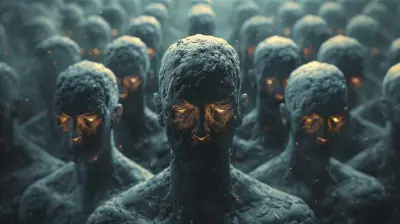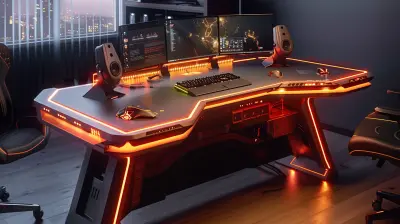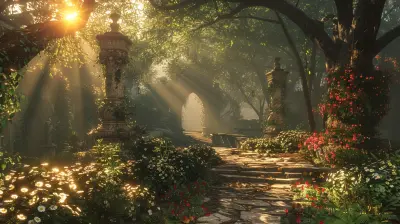How Video Games Became a Mainstay in Pop Culture
29 July 2025
Video games started as pixelated blips bouncing across a screen and somehow morphed into a cultural juggernaut. They went from mom-and-pop arcades to red carpets and Super Bowl commercials. How in the world did that happen?
Welcome to the strange, wild, and fascinating story of how video games embedded themselves in our everyday lives, our language, our fashion, even our art—and maybe our dreams, too.
Let’s take a step into the glitchy timeline and follow the trail of power-ups.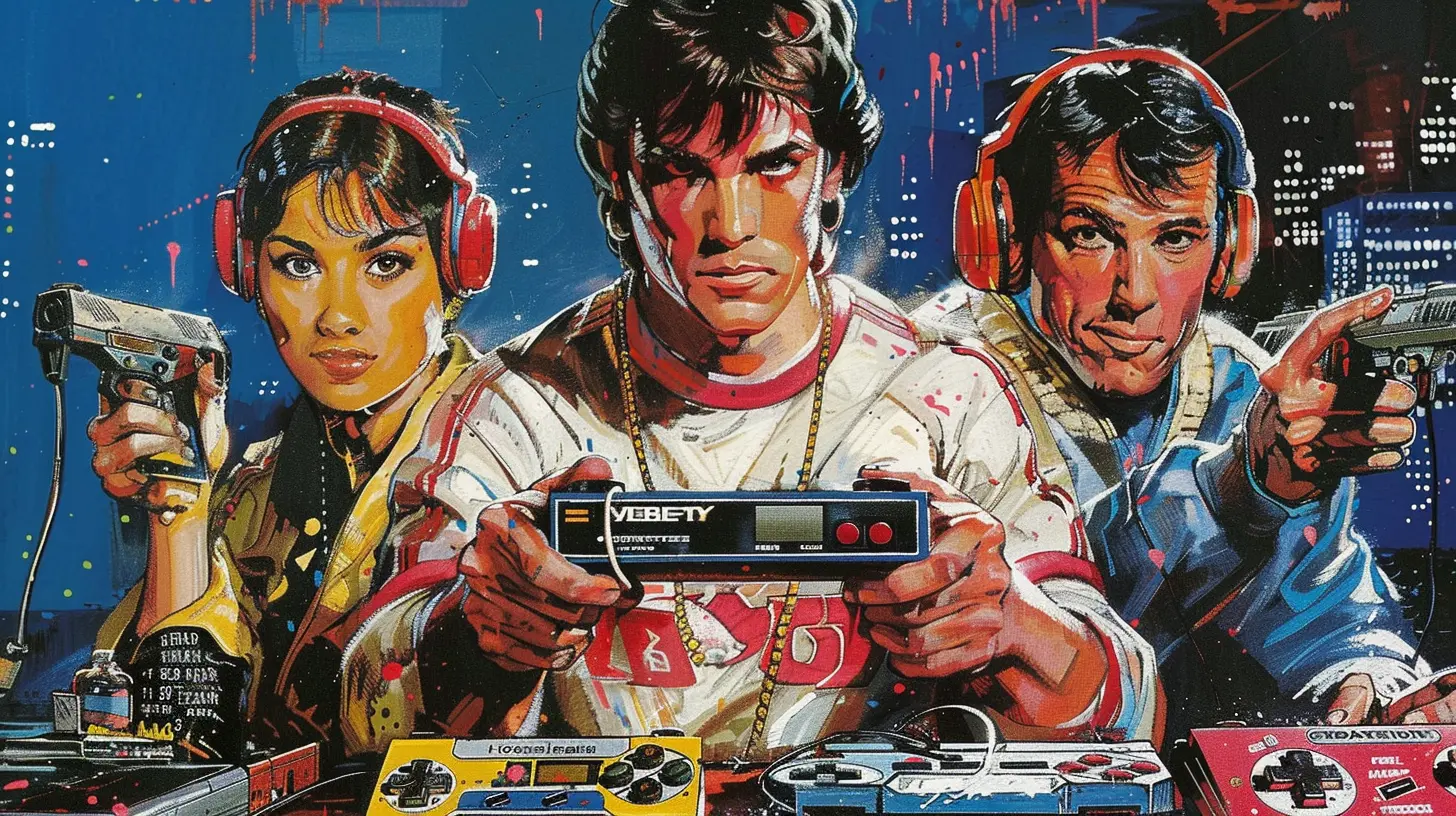
The Humble Beginnings: Pong, Pixels, and Possibility
It all started in the 1970s, with a simple game called Pong. Two paddles, one dot, endless possibilities. Back then, not many people thought it would amount to anything huge. It was more like a novelty—something you’d spot in a bar while waiting for your drink.But here's the thing: pong tapped into something primal. Competition. Timing. Victory.
And that’s where the seed was planted. The Atari 2600 soon hit homes, and suddenly, people weren’t just watching TV—they were interacting with it. That was the first taste of immersion. The screen wasn’t telling you a story… you were part of it.
Fast forward a few years and things started getting...well, cooler.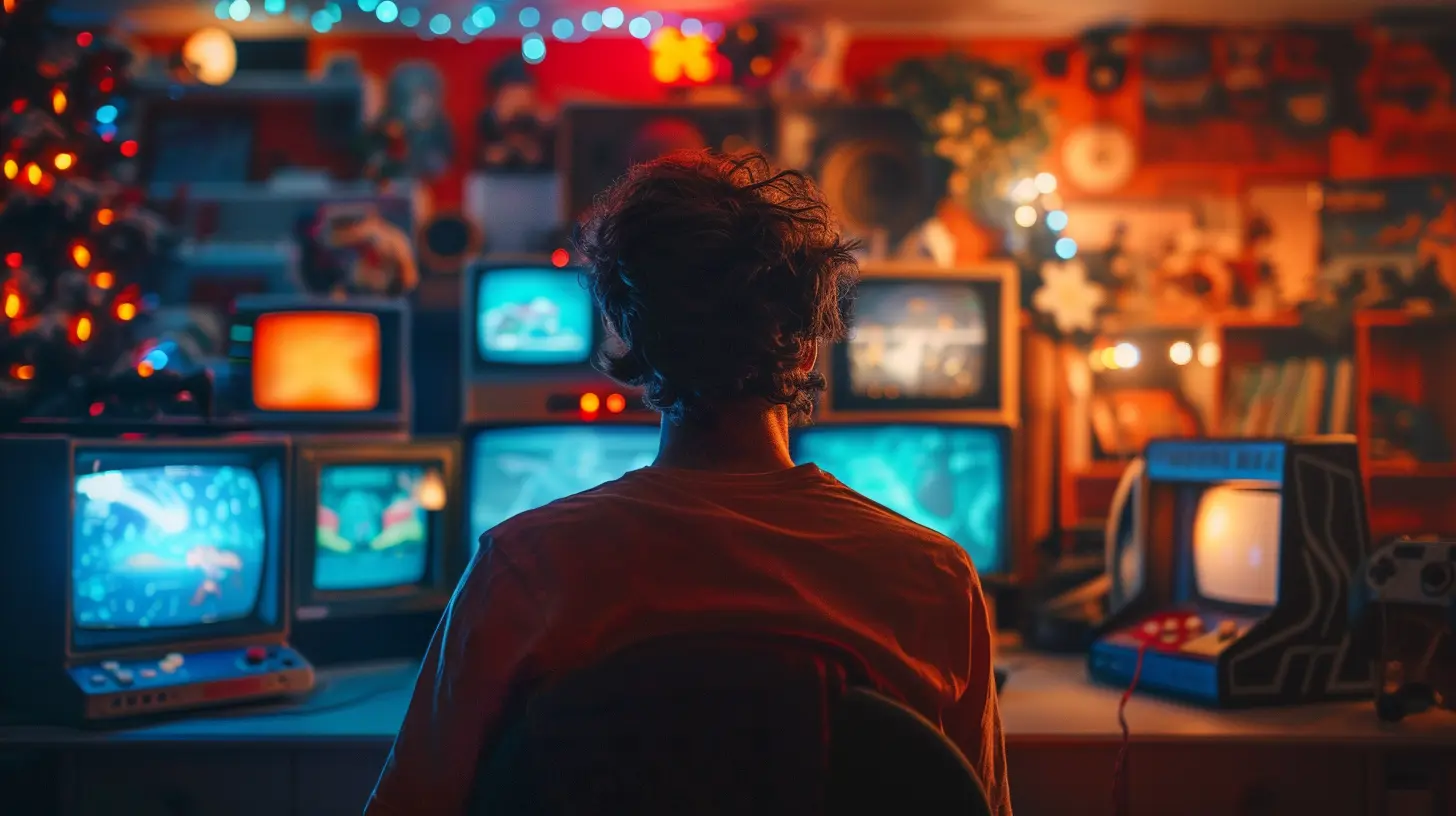
The Rise of the Console Wars: Icons, Innovation, and Identity
Enter the 80s and 90s. The golden age. The Nintendo vs. Sega showdown. The birth of gaming mascots like Mario, Sonic, and Link. These weren’t just pixels; they were icons. They had stories, personalities, even rivalries.Let me ask you this: who didn’t try to hum the Super Mario Bros. theme in the shower at least once?
Characters like Mario became more than just “video game characters.” They were pop culture celebrities. They appeared in cartoons, breakfast cereals, and backpacks. You didn’t have to touch a controller to know who Mario was. His influence stretched far beyond gaming.
Which brings us to a key moment—gaming stopped being "just for kids."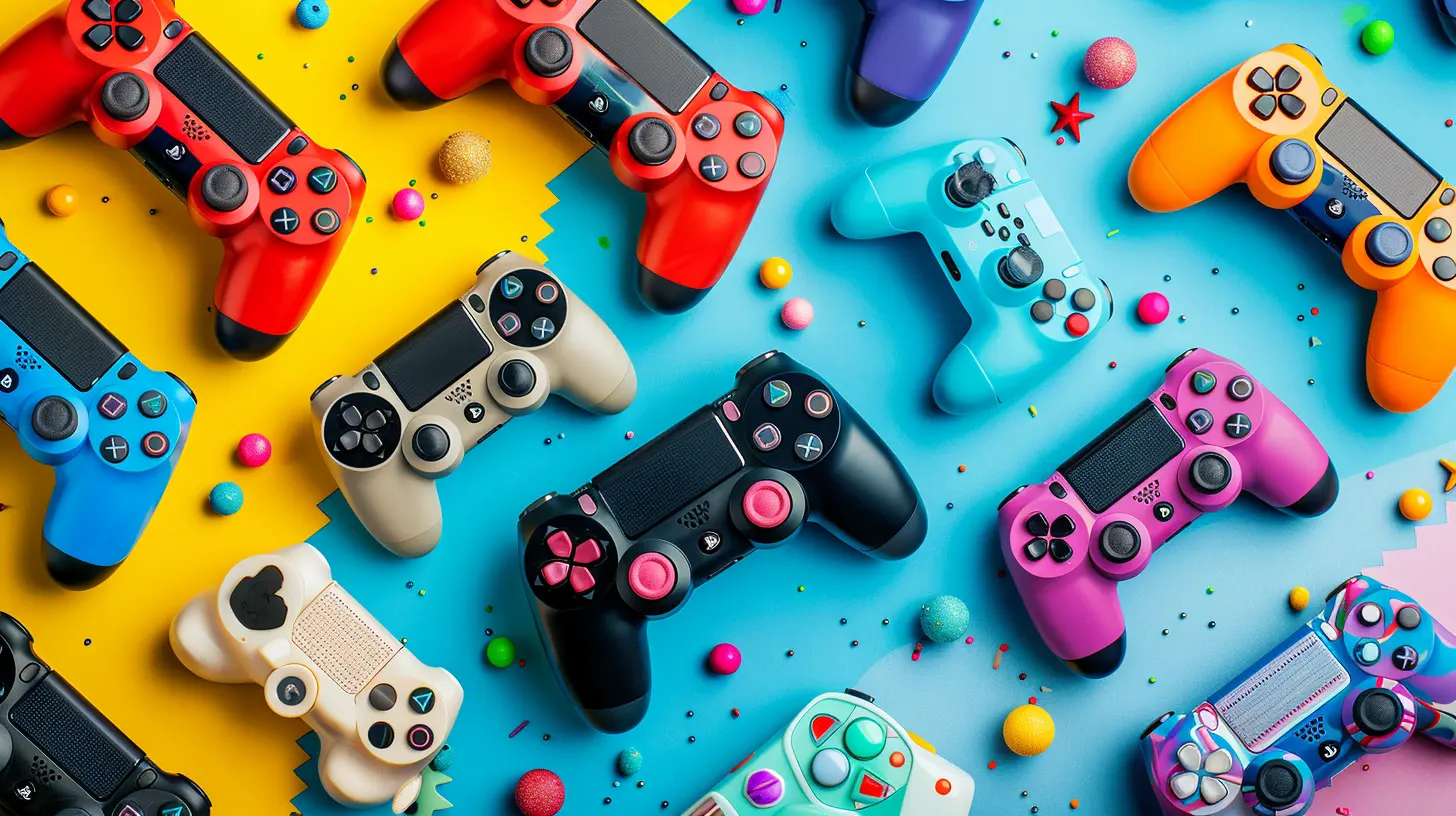
The Power of Storytelling: From Button-Mashing to Emotional Masterpieces
As the years ticked on and polygons started smoothing out, games began doing something movies had always done: making us feel.Titles like The Legend of Zelda: Ocarina of Time, Final Fantasy VII, and Metal Gear Solid didn’t just give us high scores—they gave us emotions. Grief. Triumph. Nostalgia. Confusion. Goosebumps.
Games evolved into emotional playgrounds. They told stories that rivaled (and sometimes surpassed) what was happening in Hollywood.
And guess what? People took notice. Suddenly, actors like Keanu Reeves were showing up in games. Directors were inspired by games. Writers started studying game narratives.
It all boiled down to one undeniable fact: games weren’t just games anymore. They were art.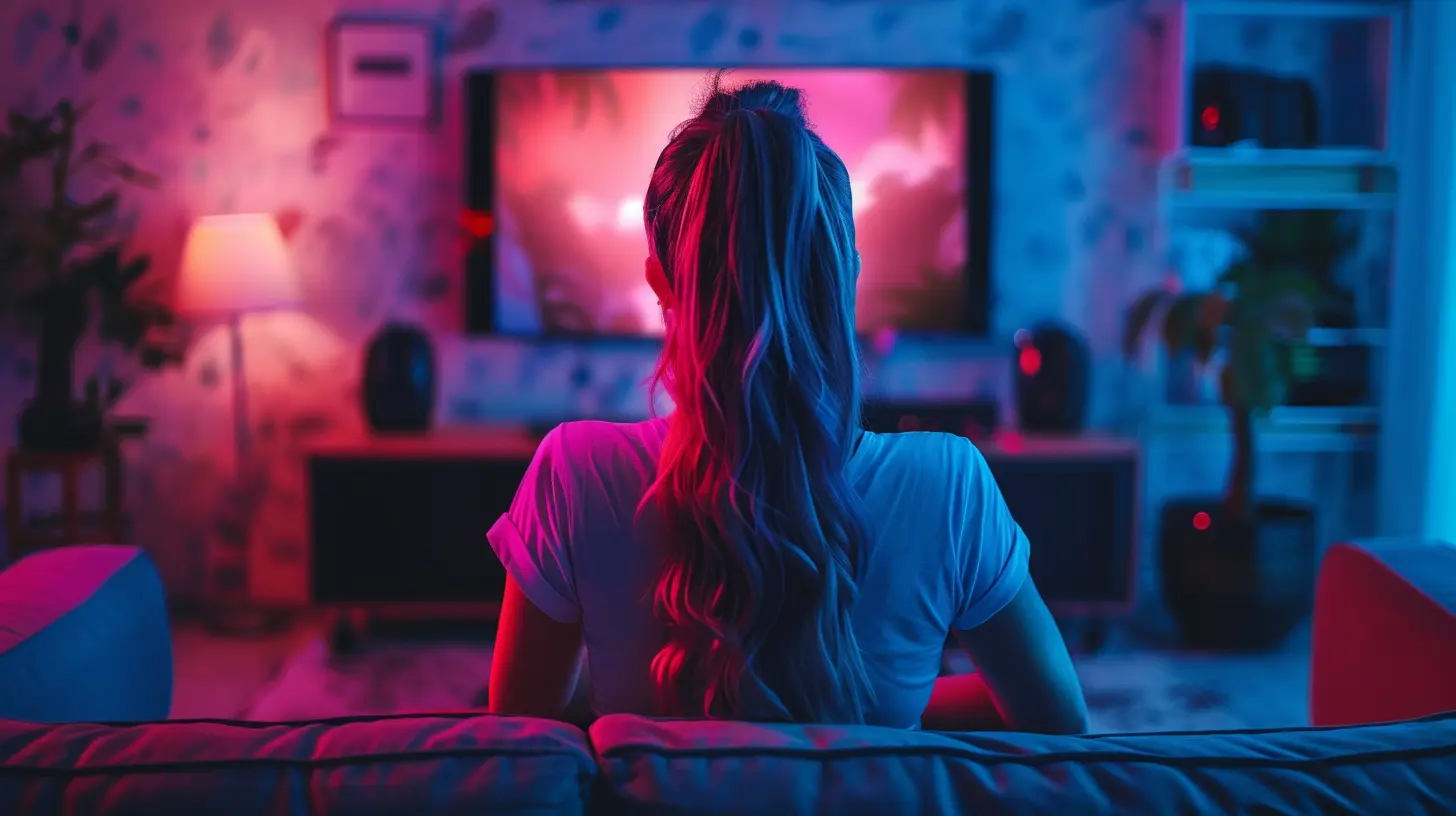
Multiplayer Madness: The Rise of Community and Connection
Let’s talk connection. The early 2000s brought us something that changed everything—online multiplayer.Halo. World of Warcraft. Call of Duty.
You weren’t just playing anymore—you were teaming up, trash-talking, strategizing, and building friendships (or enemies) across the globe. This wasn’t solo entertainment anymore. It was communal. It was interactive society.
When Twitch came along, it was game over (pun very much intended). Gamers weren’t just playing—people were watching others play. Millions of people. Competitive gaming (aka esports) exploded. People were winning prize money that could buy mansions—just for being good at a game.
And with that, gaming culture stopped being niche. It became mainstream.
Memes, Fashion, and Flame Wars: Gaming in Everyday Life
By now, gaming had busted out of the screen and into our daily lives.Think about it—how many memes have you seen based on Among Us? How many times has “I took an arrow to the knee” been quoted? Gaming quotes, references, and gags are everywhere.
Gaming slang even became part of how we talk. "Noob," "GG," "rekt," "lag"—you’ll hear them outside of gaming circles now. That’s how deep the influence runs.
Even fashion got caught in the warp zone. Streetwear brands collabed with franchises like Pokémon and Fortnite. And don't even get me started on the skin-craze in games like League of Legends and Overwatch. Looking cool in-game became as important as performance.
Gaming wasn’t a hobby anymore. It was a lifestyle.
The Silver Screen and Beyond: Crossovers Into Hollywood and Music
Then came the big leagues—literal silver-screen adaptations.Remember how video game movies used to suck? (Yes, we’re looking at you, Super Mario Bros. 1993). Well, scratch that. Recent releases like Sonic the Hedgehog and The Last of Us have shattered that stereotype.
And music artists? Oh, they’re in the game too—literally.
Think Travis Scott’s massive in-game concert in Fortnite. Or Snoop Dogg showing up as a Call of Duty operator.
It’s not a crossover anymore. It’s a fusion.
Gaming has become the stage. And mainstream celebrities? They're the invited guests.
Influencers, Streamers, and the New Age of Fame
Let’s talk faces. Twenty years ago, the face of gaming was a joystick. Today? It’s personalities. Streamers. Influencers. YouTubers.People like Ninja, Pokimane, Markiplier, and PewDiePie didn’t just play games; they became part of gaming culture.
And that’s a completely new shift.
These aren't actors pretending to game on screen—they’re real people, building real communities, creating real impacts. Some of them have more followers than traditional celebrities.
And here’s the kicker: they influence how games develop. Developers listen to their feedback. Fans wait for their reactions before trying a new title.
They’re not just influencers—they’re the new gatekeepers of gaming culture.
The Indie Game Explosion: Art, Emotion, and Innovation
Let’s not forget the little guys. While big AAA titles like God of War and Red Dead Redemption 2 rake in the headlines, indie developers have been quietly changing the game (again, pun intended).Games like Stardew Valley, Celeste, Hollow Knight, and Hades showed the world that you don’t need Hollywood budgets to make a masterpiece. You just need creativity, heart, and maybe a cool pixel aesthetic.
Indies brought innovation. They tackled tough topics. They experimented with visuals. And most importantly, they reminded us what gaming was about in the first place—joy.
This wave of indie magic added depth to what gaming culture could be. More than shooters. More than high scores. It became a way to talk about mental health, loneliness, love, loss—even politics.
Diversity and Representation: A Culture Reflecting Us All
Let’s be real—gaming wasn’t always the most inclusive space. But times have changed. And in recent years, we’ve seen a major cultural shift.More games are featuring diverse characters—different races, genders, identities, and backgrounds. Titles like Horizon Zero Dawn, The Last of Us Part II, and Life is Strange have spotlighted complex characters that represent the world we live in.
Gamers themselves? They come from every walk of life now. The stereotype of "the guy in his mom’s basement" is as outdated as a floppy disk.
This shift isn’t just about being politically correct—it’s about speaking to a broader audience. It’s about making everyone feel like they belong in the world of gaming.
And guess what? That makes the culture even richer.
Virtual Realities and The Future of Immersion
What about tomorrow? You better believe gaming is just getting started.With virtual reality (VR), augmented reality (AR), and even the concept of the metaverse, games are heading into a space where reality blends with fiction like never before.
Imagine walking through your favorite game world—not just controlling a character, but being the character. That’s not science fiction anymore. That’s the next phase.
And if gaming is already embedded in pop culture now, just wait until it becomes part of our reality.
Final Thoughts: The Power-Up That Changed the World
So how did video games become a mainstay in pop culture?They didn’t just entertain us—they evolved with us. They reflected our emotions, our imagination, our desire to connect. Games became the bridge between fun and function, escape and expression.
From Pong to Fortnite, from arcades to Twitch, video games grew up—and brought us all along for the ride.
They’ve earned a permanent seat at the pop culture table. And let’s be honest… the party wouldn’t be nearly as fun without them.
Game on.
all images in this post were generated using AI tools
Category:
Gaming HistoryAuthor:

Brianna Reyes
Discussion
rate this article
1 comments
Zevros McIlwain
This article beautifully captures the journey of video games in pop culture. It's heartwarming to see how they connect people and create shared experiences that transcend generations.
August 13, 2025 at 3:11 AM

Brianna Reyes
Thank you! I'm glad you found the article resonant. Video games truly do have a unique power to unite us across generations.
